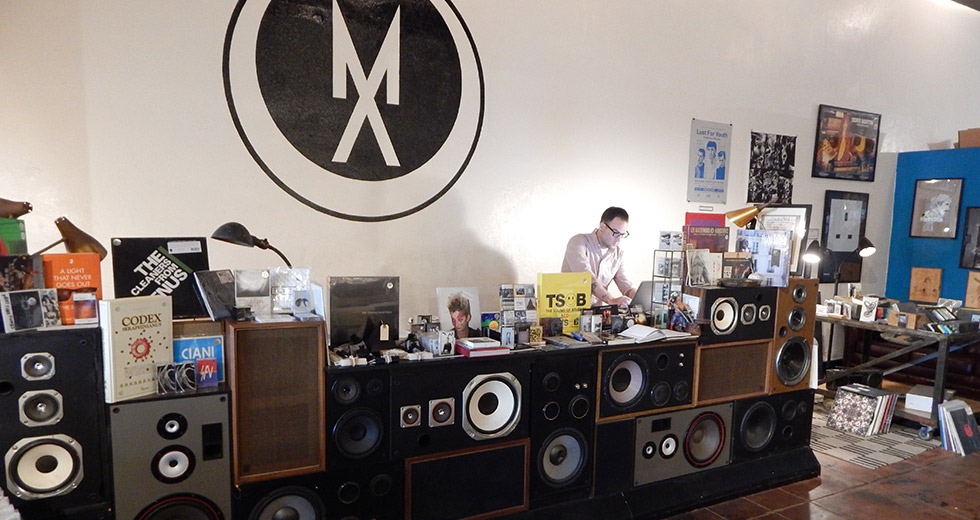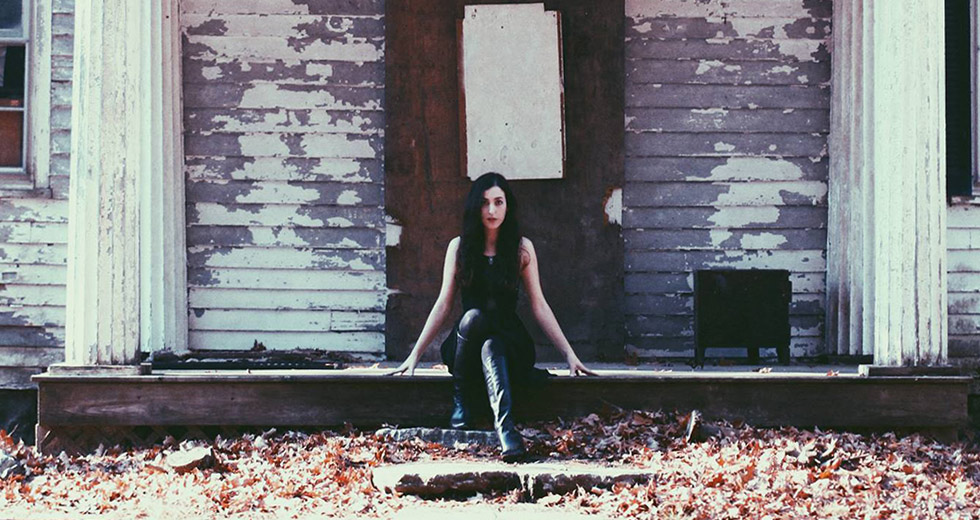What Is #HealthGoth? Learn More in H∆SHTAG$, Season II
Jeremy D. Larson dives deep into the origins and questionable future of health goth
In late 2016, President Barack Obama was spotted wearing this, an obsidian aesthetic featuring a tracksuit exactly two sizes too big, a White Sox cap and white Nike trainers. Those far behind hyper-paced internet microtrends might have asked when Obama was dropping his new grime mixtape, but for those whose brains had been utterly fried by scrolling through the fashion tag on Tumblr, Obama was definitely now health goth.
The tongue-in-cheek application of the fashion, music, lifestyle and hashtag health goth has been crucial to its aesthetic since its birth in early 2013 by Mike Grabarek of the R&B duo Magic Fades. Grabarek and bandmate Jeremy Scott, along with video artist Chris Cantino, began to play around with an aesthetic that seemed to asked, “What if you were a dour cyborg with a Planet Fitness membership?” Images that struck their fancy were posted to Tumblr and other social media platforms and, as if to add symmetry to the already emerging microtrends of #seapunk, #vaporwave and #normcore, they started a Health Goth Facebook page in April of 2013. Its current profile image looks as if the soul of the Under Armour logo is being harvested by a dark lord.
It wasn’t until Complex interviewed Grabarek and Scott in August of 2014 that health goth took on a more defined shape in the online sphere. The duo, personified together under the nom de hashtag “Health Goth,” described the aesthetics as a mix of glossy futurism and transhumanist preppers: When searching for images that might fit into the filtrated vein of health goth, they would search for keywords like “mesh, moisture-wicking fabrics, BioWare, body enhancement tech, prosthetics, shoe dipping, various fashion and performance wear brands, transparent clothing, chains and light weaponry, tactical gear, elemental aesthetics, corporal mortification, and rendered environments.”
Like so many parasocial relationships with trends on the internet, health goth was for a brief moment talked about ad nauseam. For every one person who genuinely enjoyed the dialectic of Adidas and Bauhaus, there were at least ten people who found the entire concept utterly ridiculous. But in the online viral market, there is no such thing as good or bad takes, only the volume of hashtags. Soon, #healthgoth became the next topic on which everyone had a say. By the end of 2014 and the start of the following year, according to Google trends, “health goth” had reached its peak. It left many asking: What was health goth? Where does it go?
To append “goth” to anything was to immediately signify a causal relationship with death, disaffection and darkness.
Health goth sprang to life thanks to the undying power of both goth and athletic wear. The athleisure style has been around since the 1970s (of course, “fitness” has been around since the dawn of man). The late ’70s also saw the birth of goth in popular music. The rise of Siouxsie Sioux and Joy Division begat Bauhaus and the Cure. A new legion of the young goths in Europe, who romanticized cavernous reverb, eyeliner, H.P. Lovecraft and Victorian bloodletting, became their own subculture, with roots deep in gothic lore.
For years, goth itself thrived quietly in cobwebbed subcultural spaces, broadly at Nine Inch Nails shows, cravenly at Hot Topic and forever in disused cardboard VHS sleeves of The Crow. To append “goth” to anything was to immediately signify a causal relationship with death, disaffection and darkness. Before there was health goth, there was street goth – made mainstream by Rick Owens’ 2008 DRKSHDW line and later by Kanye West and A$AP Rocky. In darker corners around this time, a subset of music called witch house, popularized by Salem and oOoOO, briefly came into to vogue, whose gothic tones mixed with trap beats started to play with the idea that “goth” could be affixed to pretty much anything.
Health goth also has its antecedents in UK grime culture. The Nike Air Max and the tracksuit, a staple of chav life in the early ’00s, are consonant with the idea of health goth: Life is emotionally hell, but you have to be prepared for some physical hell, too. What health goth does avoid, unlike grime or perhaps street goth, is any direct tie to music. Though it was started by Magic Fades, and was loosely related to the Portland-based label Chemtrails and their monthly “grime-meets-fashion” parties, health goth as is more of a dream board than it is a sound. To ascribe a specific musical aesthetic to health goth is potentially disingenuous to its spirit as a visual and spiritual aesthetic. Music in and of itself is not health goth, but combined with some other visual or physical element, it starts to bend into that health goth label.
The word “health,” as Grabarek and Scott now define it, has less to do sets and reps and more to do with the fetish of cleanliness. Scroll down the Health Goth Facebook page and there is a sterile and clinical feeling emerging from the half-human faces and A.I. figures. What health goth means beyond a hashtag, beyond a fashion statement, beyond a joke applied to President Obama wearing some trainers, is the growing idea that music can ultimately take on modified or trans-humanistic qualities. That could mean everything from drummer Greg Fox working with sensory percussion to robots in Atlanta making jazz, or an app that can compose contemporary classical music all on its own.
Though the virality of health goth has waned, its self-prescribed vagueness and internet existence as a hashtag offers it a kind of emotional permanence. Say you notice an ad with someone scowling, wearing black lycra leggings with a zip-up jacket and a powder-white dye job; or you lift weights while listening to the Haxan Cloak. Like “woke” and “lit” with better branding, “health goth” is now a reflexive feeling, whether it’s an FKA twigs music video or a Reebok ad. Internet culture has a way of creeping into our subconscious as signposts and reference points. Do we remember health goth, or do we remember more the talk around health goth? Did we participate in it or “participate” in it? And with the democratization of net art and hashtag trends, does it really matter?

